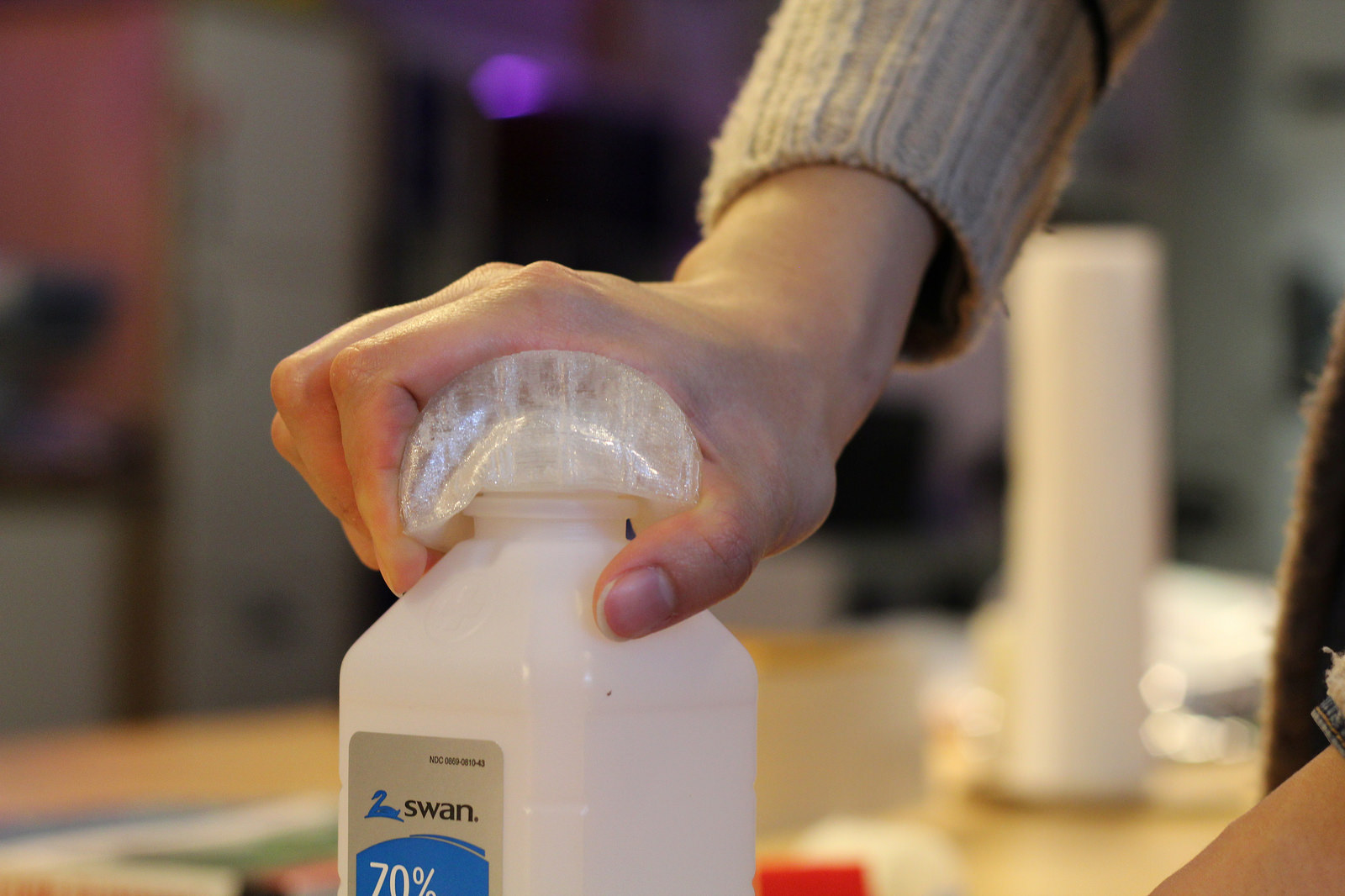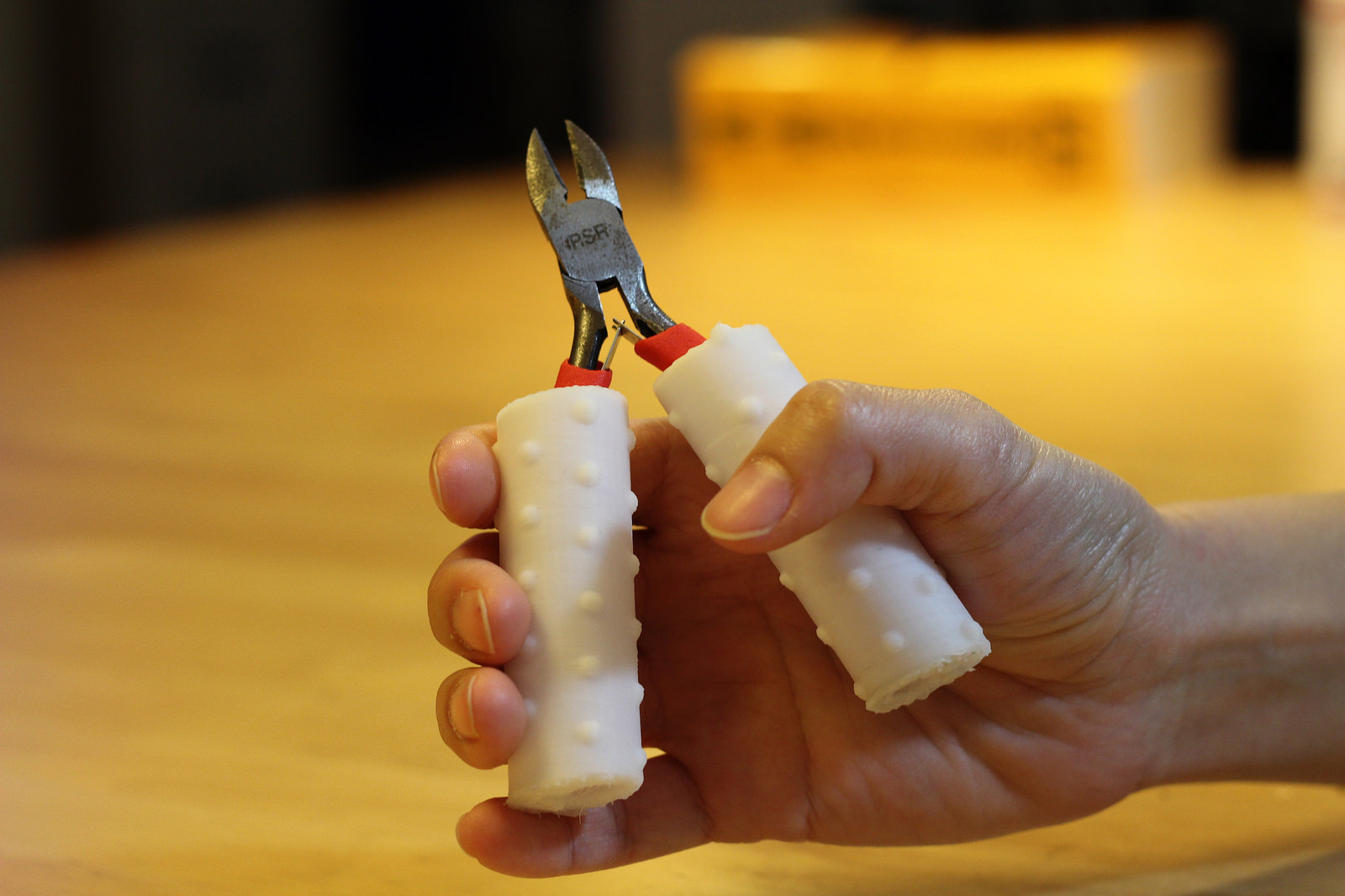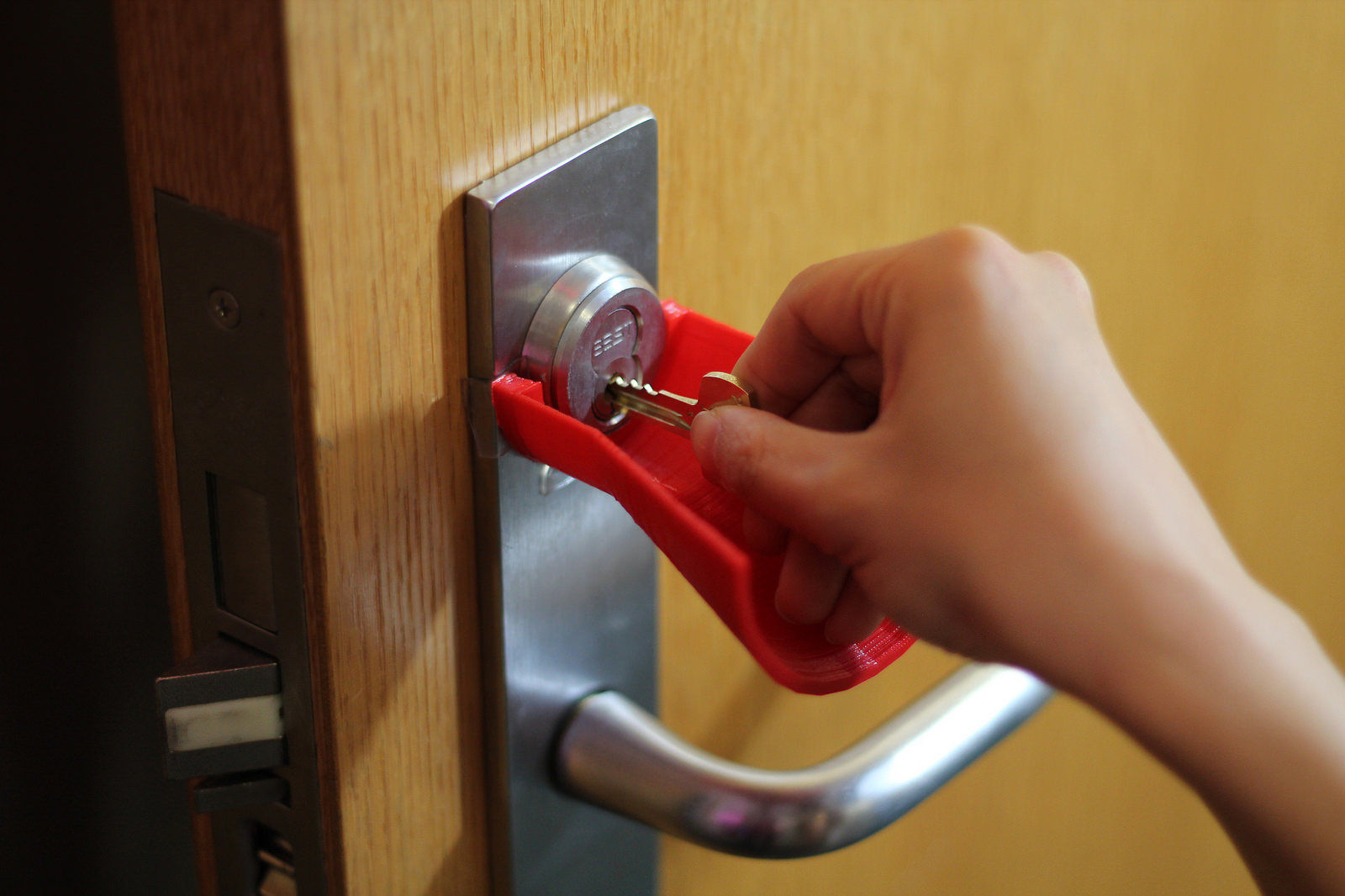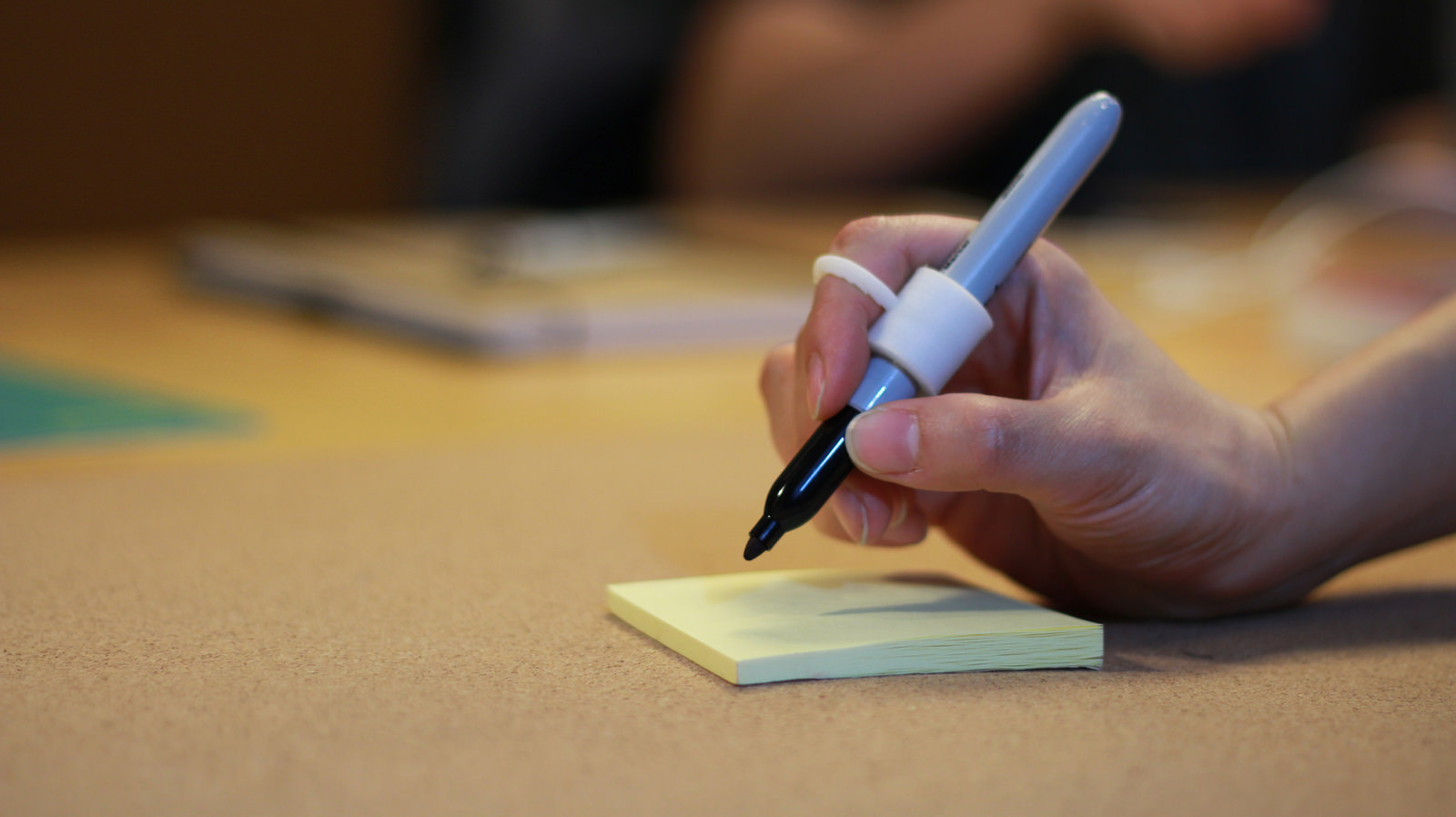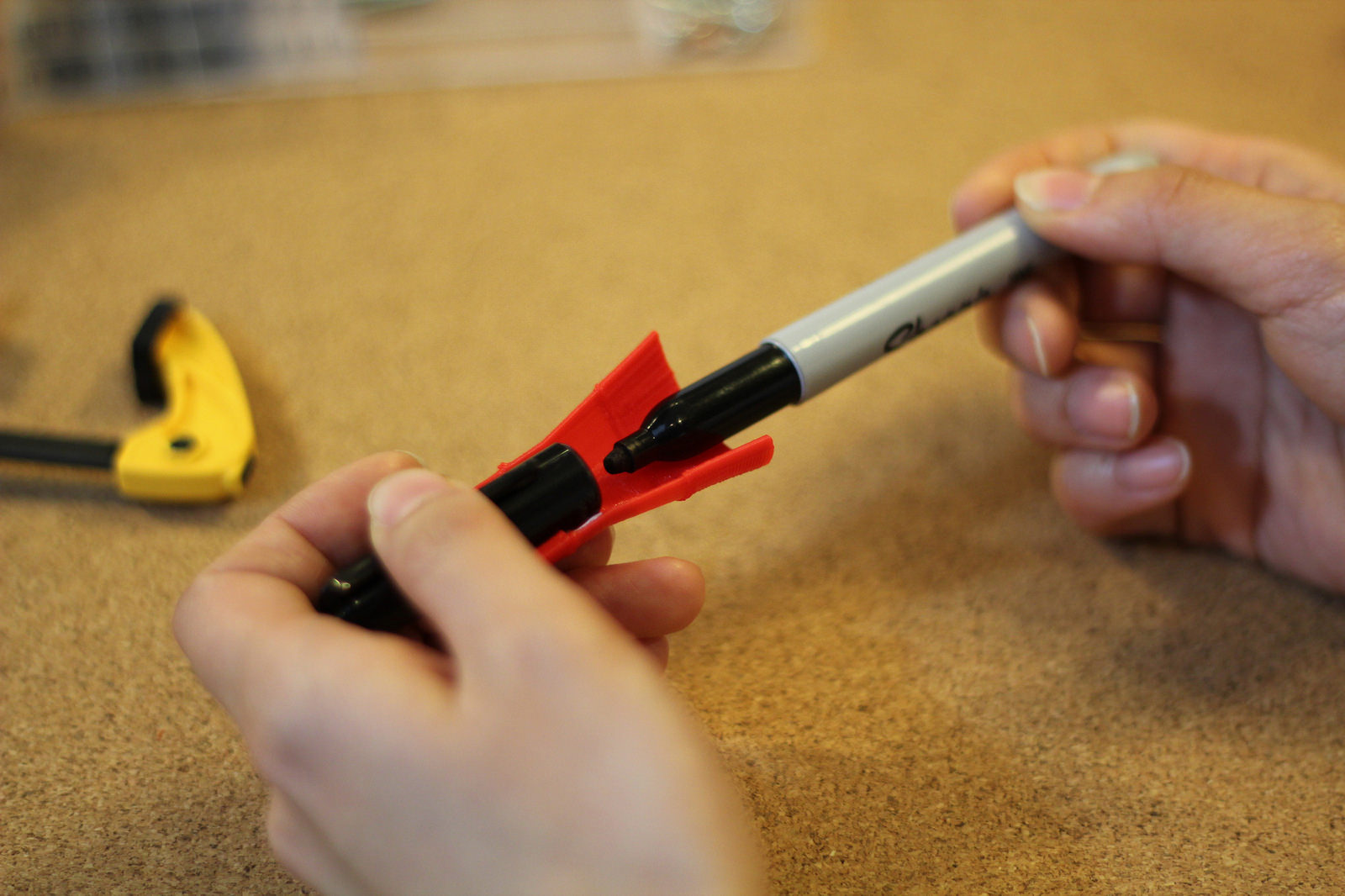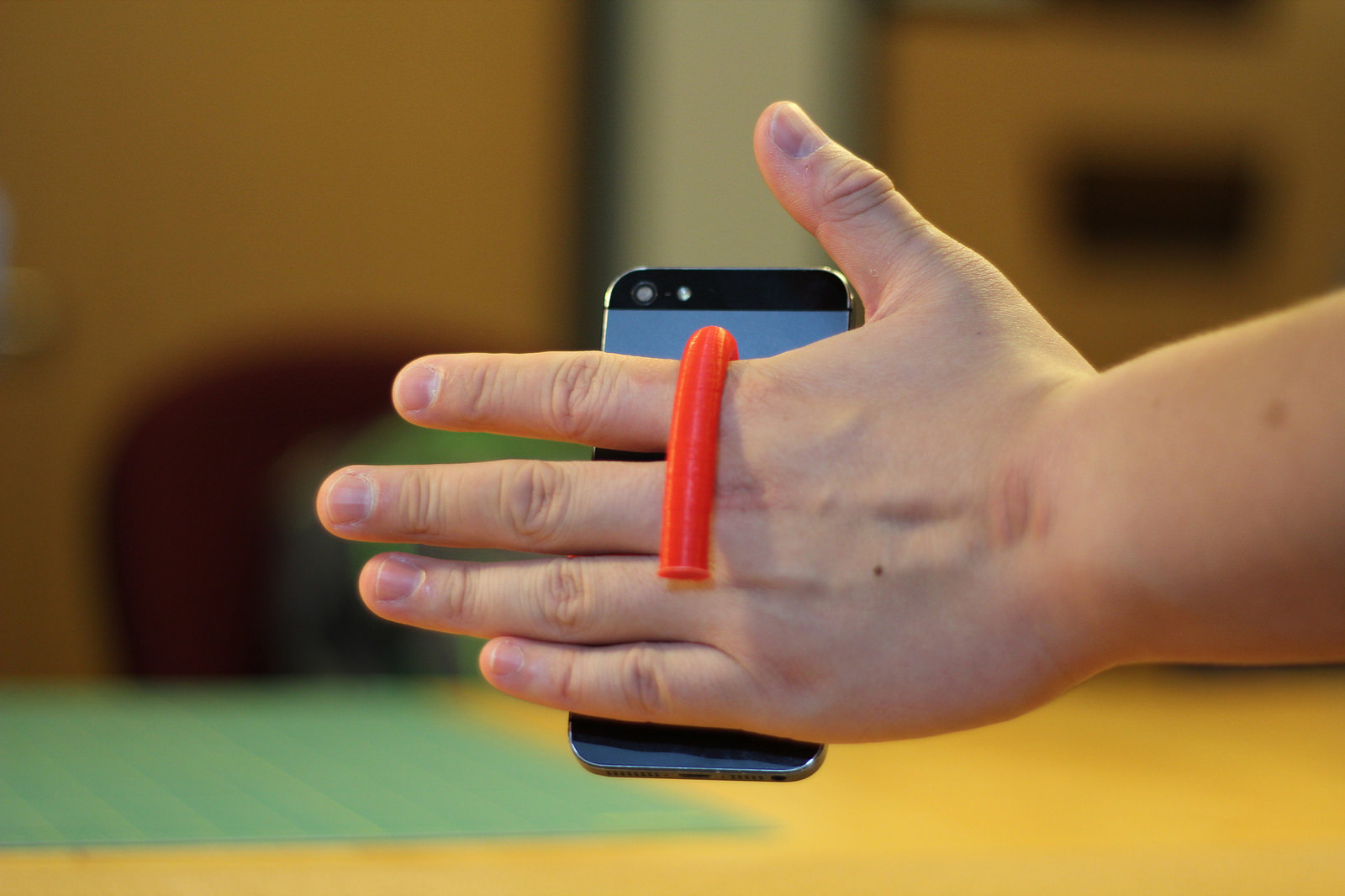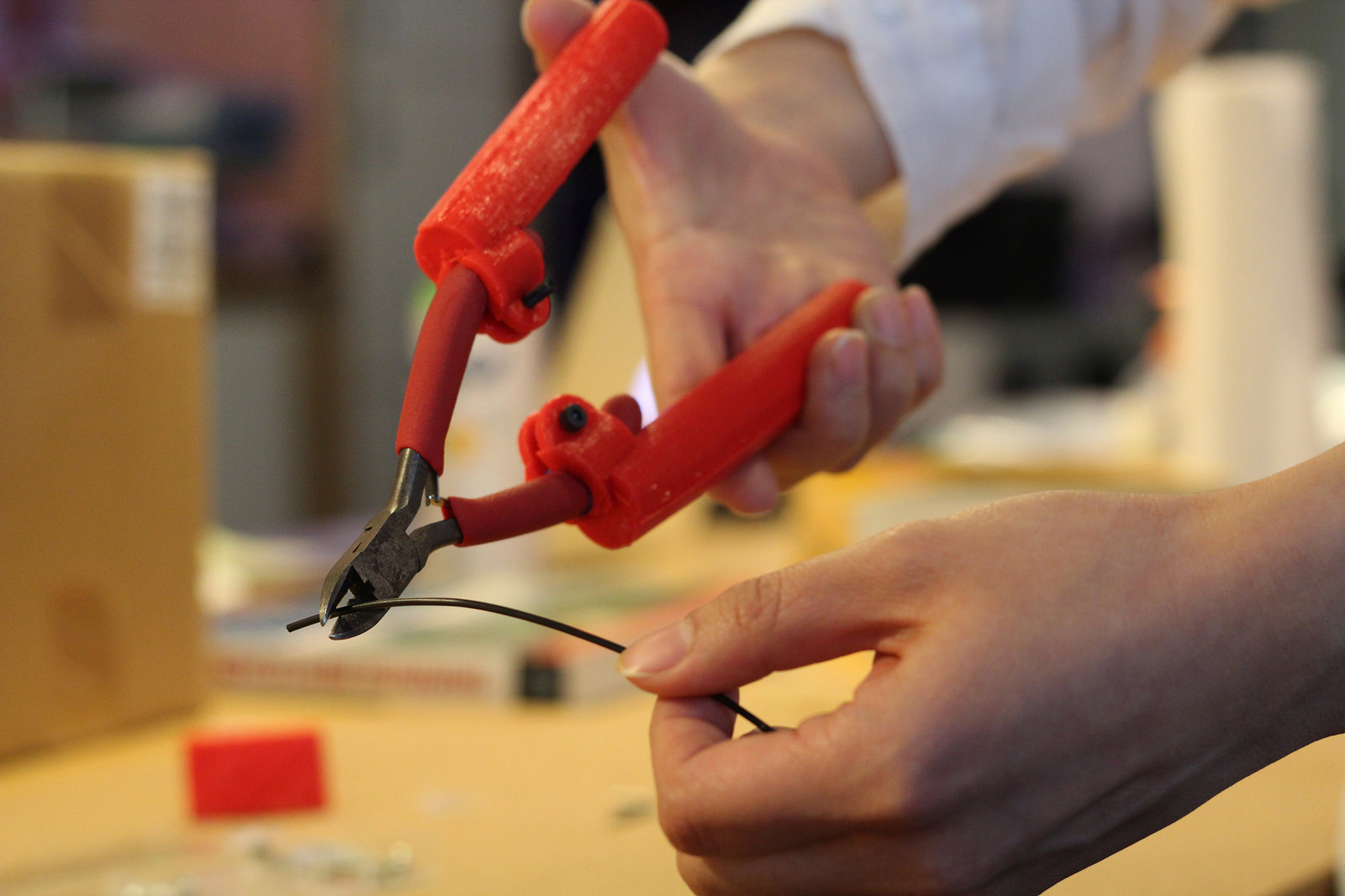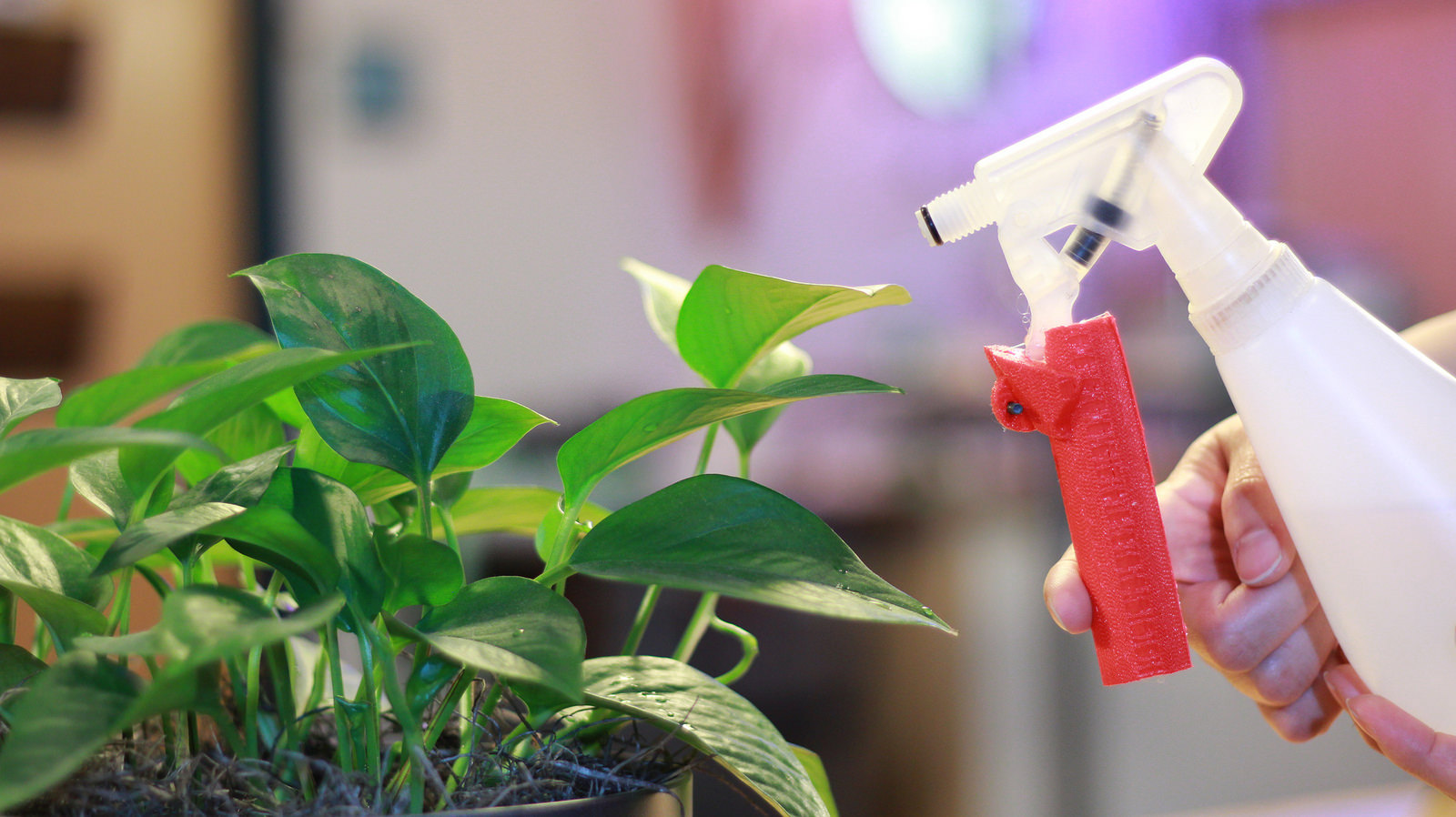Abstract
Everyday tools and objects often need to be customized for an unplanned use or adapted for specific user, such as adding a bigger pull to a zipper or a larger grip for a pen. The advent of low-cost 3D printing offers the possibility to rapidly construct a wide range of such adaptations. However, while 3D printers are now affordable enough for even home use, the tools needed to design custom adaptations normally require skills that are beyond users with limited 3D modeling experience.
In this paper, we describe Reprise--a design tool for specifying, generating, customizing and fitting adaptations onto existing household objects. Reprise allows users to express at a high level what type of action is applied to an object. Based on this high level specification, Reprise automatically generates adaptations. Users can use simple sliders to customize the adaptations to better suit their particular needs and preferences, such as increasing the tightness for gripping, enhancing torque for rotation, or making a larger base for stability. Finally, Reprise provides a toolkit of fastening methods and support structures for fitting the adaptations onto existing objects.
To validate our approach, we used Reprise to replicate 15 existing adaptation examples, each of which represents a specific category in a design space distilled from an analysis of over 3000 cases found in the literature and online communities. We believe this work would benefit makers and designers for prototyping lifehacking solutions and assistive technologies.
Full Citation
Xiang 'Anthony' Chen, Jeeeun Kim, Jennifer Mankoff, Tovi Grossman, Stelian Coros, and Scott E. Hudson. 2016. Reprise: A Design Tool for Specifying, Generating, and Customizing 3D Printable Adaptations on Everyday Objects. In Proceedings of the 29th Annual Symposium on User Interface Software and Technology (UIST '16). ACM, New York, NY, USA, 29-39. DOI: https://doi.org/10.1145/2984511.2984512
Other Media
